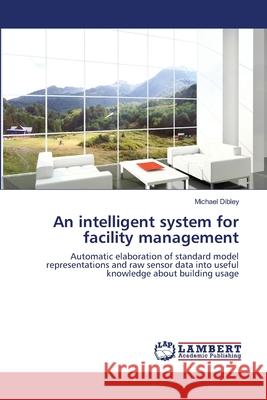topmenu
Wyniki wyszukiwania:
wyszukanych pozycji: 3
 |
Iwa the Snowflake
ISBN: 9798854767842 / Angielski / Miękka / 2023 / 24 str. Termin realizacji zamówienia: ok. 16-18 dni roboczych (Dostawa w 2026 r.) |
cena:
45,90 |
 |
The Whispers In The Woodland Collection
ISBN: 9798325390180 / Angielski / Miękka / 2024 / 78 str. Termin realizacji zamówienia: ok. 16-18 dni roboczych (Dostawa w 2026 r.) |
cena:
70,64 |
 |
An intelligent system for facility management
ISBN: 9783659432118 / Angielski / Miękka / 2013 / 312 str. Termin realizacji zamówienia: ok. 10-14 dni roboczych (Dostawa w 2026 r.) A software system has been developed that monitors and interprets temporally changing (internal) building environments and generates related knowledge that can assist in facility management (FM) decision making. The use of the multi agent paradigm facilitates a system that delivers demonstrable rationality and is robust within the dynamic environment that it operates. Agent behaviour directed at working toward goals is rendered intelligent with semantic web technologies. The capture of semantics through formal expression to model the environment, adds a richness that the agents exploit to...
A software system has been developed that monitors and interprets temporally changing (internal) building environments and generates related knowledge...
|
cena:
392,26 |










